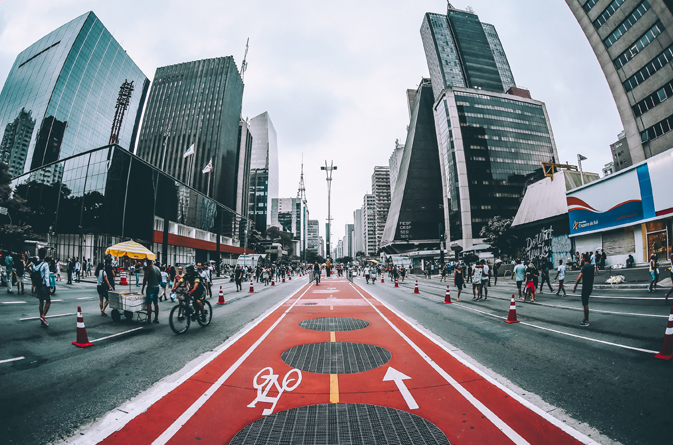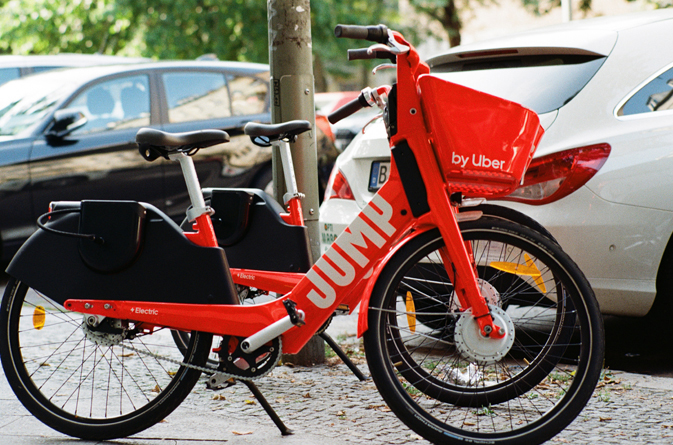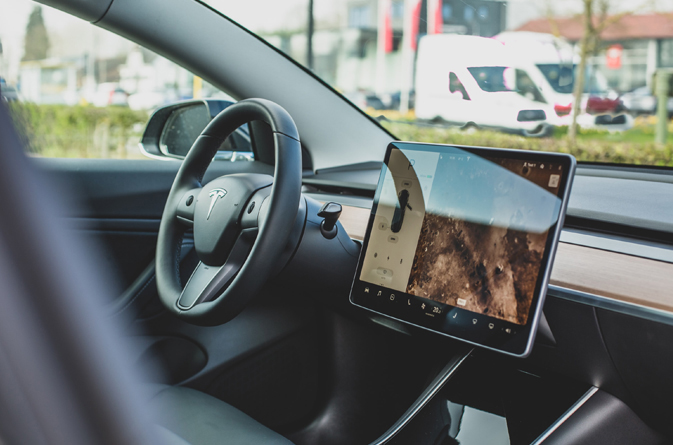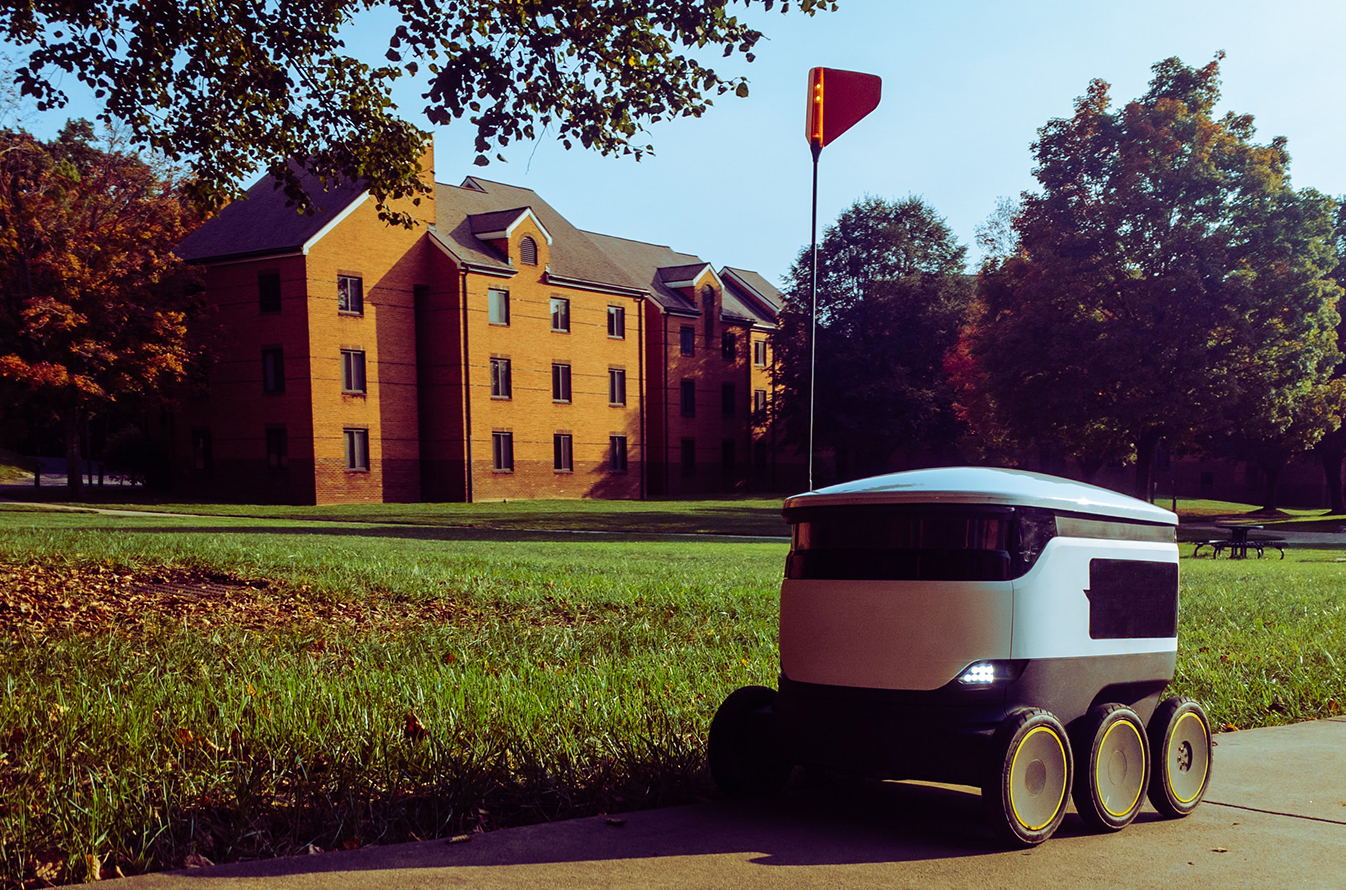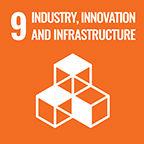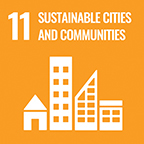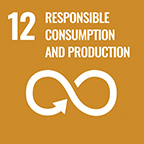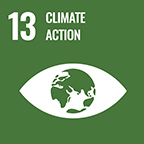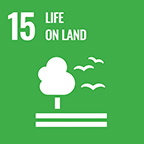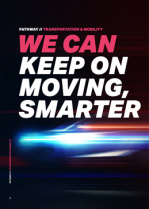BATTERY, LOW-CARBON FUEL, AND EFFICIENCY INNOVATIONS DECARBONIZE TRANSPORTATION
- By 2050 all vehicles have zero-carbon electric drivetrains. Passenger battery electric vehicle sales rise exponentially, while sales of internal combustion passenger vehicles peak and decline.
- Hydrogen-powered fuel cell vehicles complement battery electric vehicles, particularly for heavier vehicles and long-distance transportation.
- Heavy-duty land transport transitions to zero emission drivetrains.
- Decarbonization of fuels and a focus on engine efficiency lead emissions in shipping to drop.
- Hydrogen, electric, and low-carbon fuel replaces petrochemical consumption across the aviation industry, spurred on by new industry regulations and innovations.
- Restructured global value chains and optimized patterns of freight movement enable drastic reductions in the carbon intensity of logistics.

